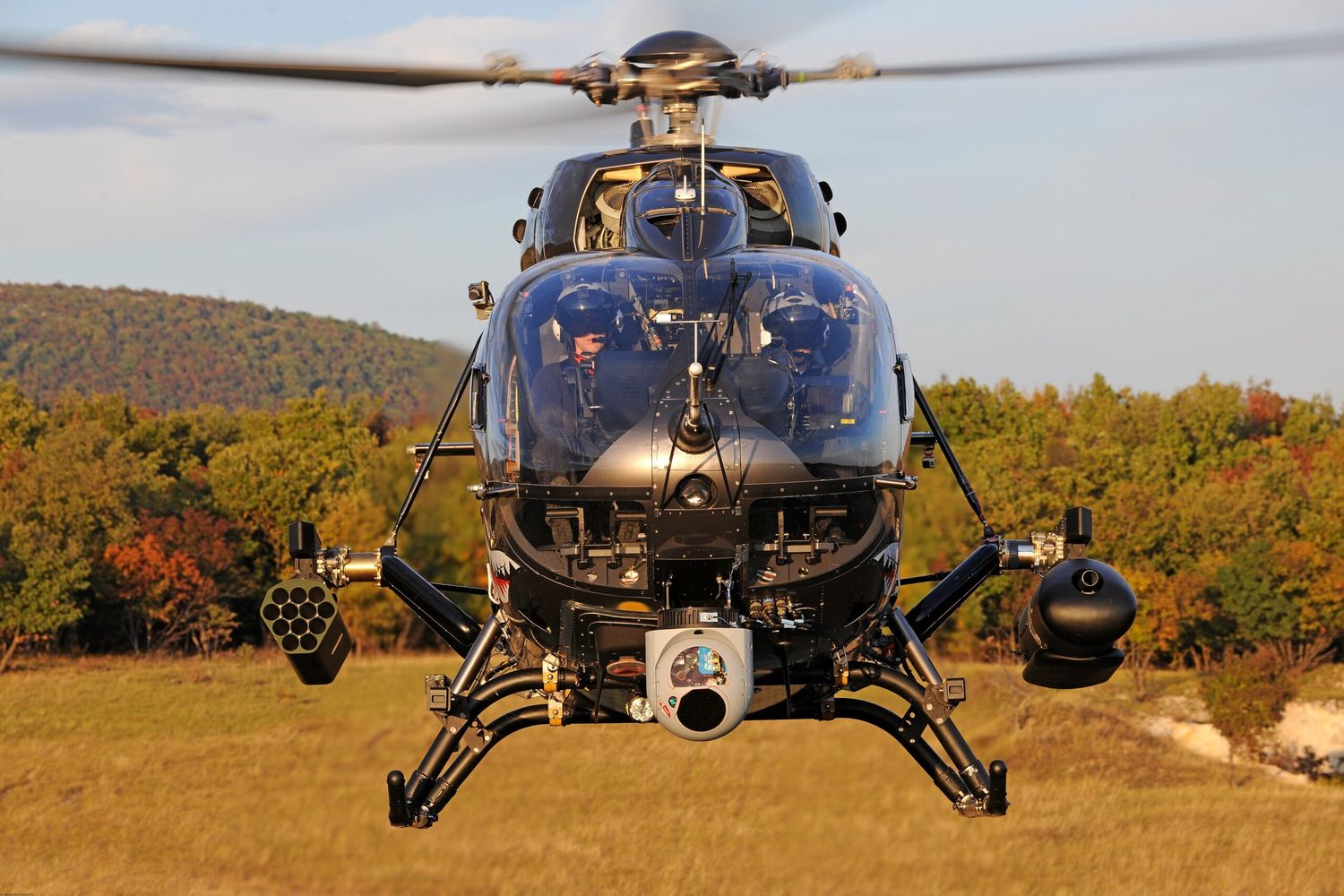Spanish Army interested in light armed helicopter fleet
The lessons learned from the war in Ukraine aroused the interest of the Spanish Army Airmobile Forces (FAMET) in acquiring a light armed helicopter model to complement their heavier (and more expensive) counterparts.
The heavy losses suffered by Russian combat helicopters during the first phase of the war, when they were carrying out aggressive raids of up to 50 km behind enemy lines, was like a bucket of cold water for all military analysts in the world.

The rapid and dense deployment made by the Ukrainian Armed Forces of shoulder-launched Man-portable air defense systems (MANPADS) managed to cause heavy casualties to any Russian aircraft flying below 5,000 meters (maximum altitude reached by most of these systems), be it fighter jets, cruise missiles, drones, but particularly helicopters. And although Ukraine initially had at its disposal mainly old MANPADS systems inherited from the Cold War (Strela, Igla, Stinger), they still showed such lethality that they forced to reconsider the validity of this type of assets in high-intensity conflicts.
Role of combat helicopters under scrutiny
The low survivability demonstrated by such modern and capable attack helicopters as the Russian Ka-52 against a low-level air defense of sufficient density did not go unnoticed by military analysts, which led to different measures.

In Japan, for example, it is considering decommissioning its AH-64D Apache, AH-1S Cobra (attack/tanker-hunting) and Kawasaki OH-1 [armed reconnaissance] helicopters to replace them with tactical drones and loitering munitions. In Europe, France decided to go ahead with the in-depth modernization of its Tiger helicopter fleet (to Mk3 standard), and Germany directly opted to decommission them and replace them with the smaller and cheaper Airbus H145Ms. The harsh realities suffered by the Russian helicopter fleet in Ukraine also determined the end of the US Army’s FARA program, after having invested close to 2 billion dollars and having almost completed the production of two prototypes.
FAMET was also taking notes
In an article published in issue #5 of the magazine Memoral de Aviación del Ejército de Tierra, Major Fernando Vidales, of the Helicopter Maneuver Battalion IV, elaborated on the need for the Army Aviation (AVIET) to change in order to adapt to the needs of contemporary conflicts.
All footage from the Russian airborne helicopter assault into Gostomel airbase on the outskirts of Kyiv during the first days of the invasion. Includes new MANPADS launch and shootdown fotage. Multiple Ka-52 helicopters hit and shot down pic.twitter.com/Ui8J8bzI8O
— Hugo Kaaman (@HKaaman) March 1, 2022
Recognizing that the current battlefield proves to be a very hostile environment for helicopters, Commander Vidales points out that the aim is to improve flexibility, force protection and information superiority in order to be able to continue fulfilling assigned tasks. To this end, work will be done on the incorporation of a light armed reconnaissance helicopter model and the use of drones in «Manned-unmanned teaming» (MUM-T), which integrates manned and unmanned aircraft in the same team.
The Ukrainian conflict has shown that conventional warfare requires a high volume of material resources, with a correspondingly high operational cost and logistical footprint. But Ukraine was able to perform many of the missions normally reserved for armed helicopters through the extensive use of «cheap» drones.
In the future, AVIET intends to cover many of its operational needs through the deployment of light armed reconnaissance helicopters and the synchronized use of drones and manned helicopters. In this way, the Army intends to gain in operational flexibility and scale, significantly increasing the number of platforms available for the mission, while improving logistical economy by reducing the wearing out of more advanced and expensive to operate aircraft, such as the Tiger or the NH90, preserving them for the most demanding missions.


Para comentar, debés estar registradoPor favor, iniciá sesión